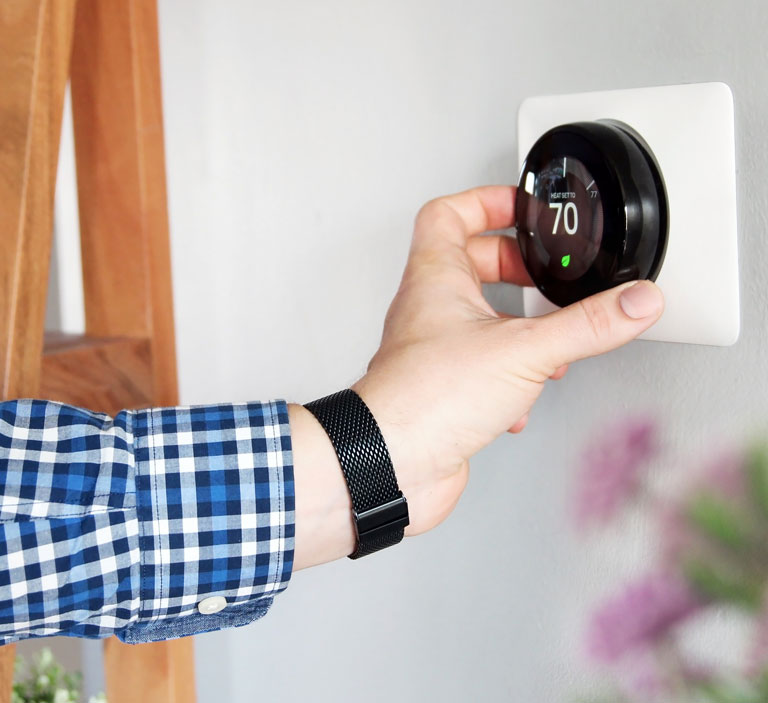

The Ultimate Home Preparation Checklist for the Upcoming Heating Season in Pennsylvania
As fall approaches and the temperatures start to drop, it’s crucial to prepare your home for the upcoming heating season. With a focus on Pennsylvania’s climate and the significance of maintaining oil furnaces and associated systems, this comprehensive checklist will ensure that your home stays warm, comfortable, and energy-efficient. By following these steps, you’ll be well-prepared for the colder months ahead.
I. Schedule a Professional Maintenance Check-up for Your Oil Furnace:
To kickstart your home preparation, schedule a professional maintenance check-up for your oil furnace. Research and choose a reputable heating oil service provider in your area.
Contact them to schedule an annual maintenance appointment before the heating season begins. This step is essential because it will set you up for optimal performance, increased energy efficiency, and help to prevent potential breakdowns. During the maintenance visit, the technician will conduct inspections, clean the furnace components, calibrate settings, and lubricate moving parts.
2. Inspect and Clean Air Vents, Ducts, and Filters:
Next, turn your attention to the air vents, ducts, and filters in your home. Inspect the air vents and registers for any blockages or damage. Clean or replace the air filters to ensure proper airflow and energy efficiency.
Clogged filters can impede the furnace’s performance and lead to higher energy consumption. You may also want to consider scheduling a professional duct cleaning if it has been a while since you’ve had that done. This will remove accumulated dust, debris, and allergens, improving your indoor air quality and ensuring that your heating system works efficiently.
3. Assess and Improve Insulation:
Proper insulation is key to preventing heat loss and maximizing energy efficiency. Inspect your windows and doors for drafts and seal any gaps or cracks using weatherstripping or caulking. In addition to sealing the envelope of your home, evaluate the insulation in your attic, walls, and basement.
Adequate insulation helps retain heat, which reduces your reliance on the furnace. For Pennsylvania’s climate, consider adding or upgrading insulation with materials such as fiberglass batts, cellulose, or spray foam insulation. This investment will pay off in the form of reduced energy bills and increased comfort.
4. Check and Optimize Thermostat Settings:
Your thermostat plays a major part in maintaining a comfortable indoor temperature by controlling your heating system’s operation. Test the functionality of your thermostat and ensure that it accurately reads the temperature. Set appropriate temperature ranges for different times of the day to match your comfort preferences and energy-saving goals.
If you haven’t already done so, consider upgrading to a programmable thermostat so that you can schedule temperature adjustments based on your daily routine. Take advantage of setback temperature settings during unoccupied periods or while you’re asleep to gain significant energy savings.
5. Evaluate and Upgrade Weather-stripping:
Weather-stripping is an effective way to prevent drafts and heat loss around windows and doors. Inspect the weatherstripping and replace any worn-out or damaged seals. There are various types of weatherstripping materials available, such as adhesive-backed foam, V-strip, and door sweeps.
Choose the appropriate material for each area, ensuring a tight seal and minimizing heat loss. By properly sealing your doors and windows, you’ll improve energy efficiency and create a more comfortable living environment.
6. Inspect and Clean Chimney and Flue:
If you have a fireplace or wood-burning stove, it’s important to inspect and clean the chimney and flue before the heating season begins. Over time, a flammable substance called creosote can accumulate in the chimney, increasing the risk of a chimney fire.
Schedule a professional chimney inspection and cleaning if necessary to remove creosote buildup, clear any blockages, and ensure proper ventilation. Remember to follow safety precautions while using the fireplace or wood-burning stove, such as using a screen and practicing responsible fire management.
7. Stock Up on Heating Oil:
For those who rely on heating oil to fuel their furnace, it’s best to stock up before the heating season is in full swing. Contact your heating oil supplier to schedule timely delivery and discuss your anticipated usage. It’s recommended to fill your oil tank before the colder months arrive.
Taking this proactive approach ensures you won’t run out of heating oil during the peak season when the weather is coldest and demand is high. Combine convenience with peace of mind by signing up for automatic delivery services offered by your oil supplier, as they can monitor your usage and schedule deliveries accordingly.
8. Prepare Emergency Supplies:
Don’t forget to prepare for unexpected situations. Assemble an emergency kit that includes essentials such as blankets, flashlights, batteries, and a first aid kit. Consider storing non-perishable food items and bottled water in case of power outages or severe weather conditions.
If possible, have a backup heating source such as a portable heater or generator in case your main heating system fails. Remember to maintain and service these alternative heating options regularly to ensure their proper functioning when needed.
By following this comprehensive checklist, you’ll be well-prepared for the upcoming heating season in Pennsylvania. Take action today to enjoy a worry-free heating season this winter. Stay warm!
Have Questions?
Contact us and we will be happy to answer any questions. Call 215.799.2019 or click the button below.
Promotions Sign Up
Sign up below if you would like to receive occasional promotional offers and tips.






